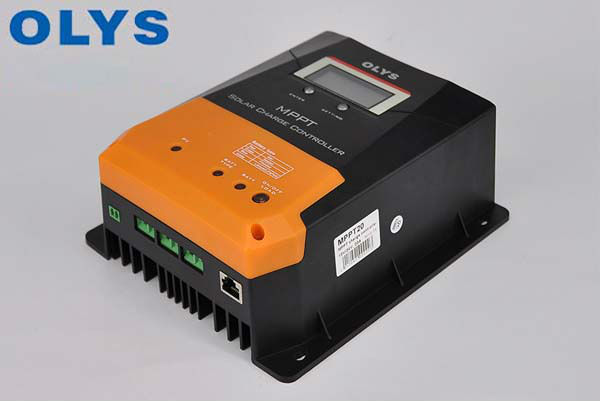MPPT solar charge controller is generally completed by a DC / DC conversion circuit. Thephotovoltaic cell array is connected to the load through a DC / DC circuit. Themaximum power tracking device continuously detects the current and voltagechanges of the photovoltaic array and converts the DC / DC according to thechanges The PWM drive signal duty cycle is adjusted.
For a linearcircuit, when the load resistance is equal to the internal resistance of thepower supply, the power supply has the maximum power output. Although bothphotovoltaic cells and DC / DC conversion circuits are strongly nonlinear, theycan be considered linear circuits in a very short time. Therefore, as long asthe equivalent resistance of the DC-DC conversion circuit is adjusted so thatit is always equal to the internal resistance of the photovoltaic cell, themaximum output of the photovoltaic cell can be achieved, and the MPPT of the photovoltaic cell can also be achieved.
In general, the MPPT solar charge controller will trackthe maximum power point in the solar panel in real time to maximize theeffectiveness of the solar panel. The higher the voltage, the more power can beoutput through the maximum power tracking, thereby improving the chargingefficiency. In this sense, MPPT solar charge and discharge controllers arebound to eventually replace traditional solar controllers.
